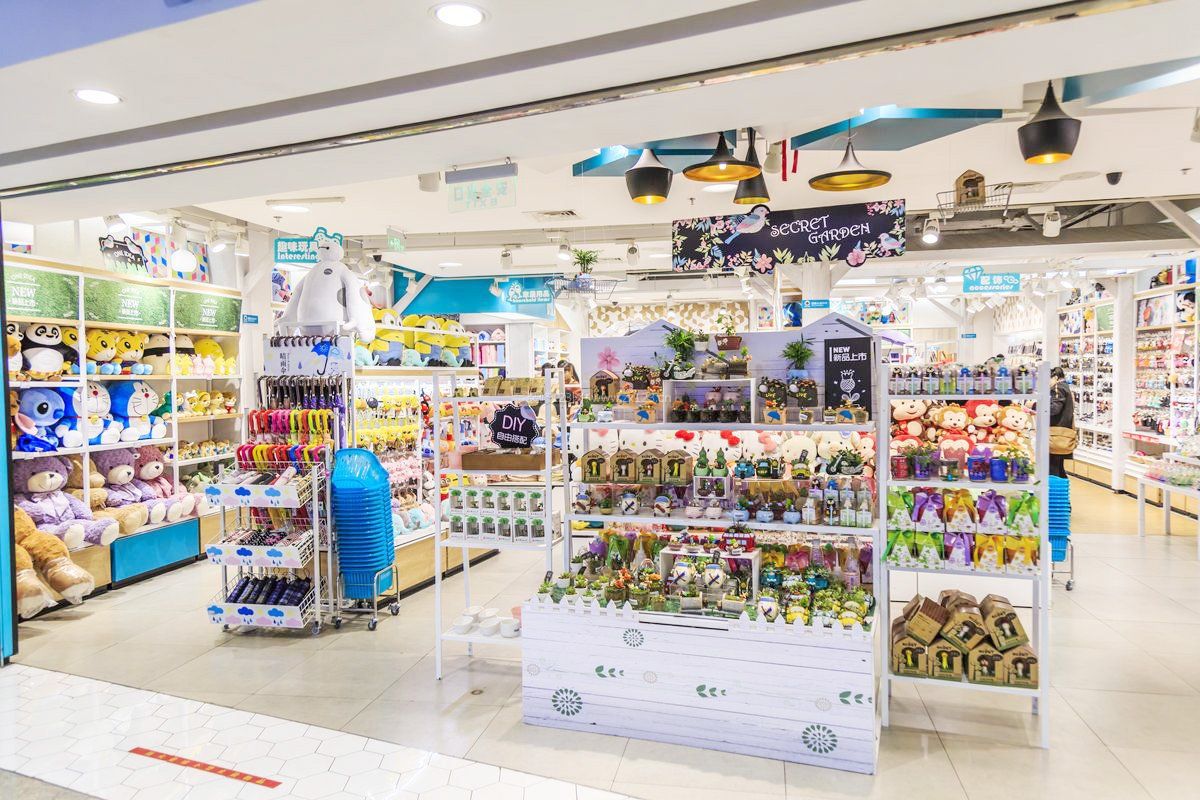Buy cases of pokemon cards wholesale


Game Concept
Pokemon Trading Card Game, also known as Pokemon TCG, is a collectible card game based on the Pokemon video game series. Players use Pokemon cards to battle each other with the goal of defeating their opponent’s Pokemon.
Basic Rules
Each player builds a deck of 60 cards, consisting of Pokemon, Energy cards, and Trainer cards. Players take turns drawing cards, playing Pokemon, and using Trainer cards to strengthen their position.
Series
The Pokemon TCG is divided into different series, such as the Base Set, Jungle, and Fossil. Each series has its own set of cards and mechanics. Some series also introduce new Pokemon and game mechanics.

Winning Conditions
Players win the game by either knocking out all of their opponent’s Pokemon or if their opponent has no Pokemon left in their deck.
Card Types
There are three types of cards in the Pokemon TCG:
- Pokemon cards: These cards represent a specific Pokemon and have their own HP, attacks, and weaknesses.
- Energy cards: These cards are used to power up Pokemon’s attacks.
- Trainer cards: These cards provide different effects, such as drawing more cards, healing Pokemon, or dealing damage.
Pokemon Cards
Pokemon cards are categorized by their elemental type, such as Fire, Water, and Grass. Each type has different strengths and weaknesses. Pokemon can also have special abilities and evolutionary lines, which allow them to evolve into more powerful forms.
Deck Types
There are different types of decks that players can build, such as:
- Theme decks: These are pre-constructed decks that follow a specific theme, such as Pikachu or Charizard.
- Constructed decks: These are decks that players build themselves using their own cards. These decks can be customized to fit the player’s playstyle.
- Competitive decks: These are decks that are built with the intention of winning tournaments. These decks often use the most powerful and rare cards in the game.
If you are a fan of Pokemon, then you know how exciting it is to collect, trade, and battle with Pokemon cards. However, as with anything valuable, there are many fake cards out there, and it can be difficult to know how to spot the real ones. This article will answer some common questions about Pokemon cards and provide tips on how to know if a card is genuine.

1. How to Know if Pokemon Card is Holo
The easiest way to know if a Pokemon card is holo is by looking at the card under a light source. Holo cards have a shiny, holographic design on the front that reflects the light and makes it sparkle. You can also look for the word “Holo” in the card’s title or description, which indicates that it is a holographic card.
2. What Pokemon Does Cliff Use
Cliff is a character in the Pokemon Go game who is known for using Rock-type Pokemon. Depending on the level of difficulty, he may use any combination of the following Pokemon: Aerodactyl, Onix, Tyranitar, and Cradily.
3. Should I Wear Gloves When Opening Pokemon Cards
While it is not necessary to wear gloves when opening Pokemon cards, some collectors prefer to do so to avoid damaging the cards with their fingerprints or oils from their skin. If you do wear gloves, make sure they are clean, and be careful not to tear the cards.
4. What Stores Sell Pokemon Cards
Many stores sell Pokemon cards, including Target, Walmart, and GameStop. However, some specialty stores may have a wider variety of cards, such as comic book shops and hobby stores.
5. What is a Swirl on a Pokemon Card
A swirl on a Pokemon card is a printing error that can occur during the manufacturing process. It appears as a circular pattern on the front or back of the card and is considered a rare and valuable collector’s item.

Conclusion
If you are a Pokemon card collector, it is important to know how to differentiate between real and fake cards. By following these tips and doing your research, you can build a valuable and authentic collection. Remember, if you are interested in becoming a local distributor or wholesaler of Pokemon cards, please contact us by email, WhatsApp, or leave a message.













